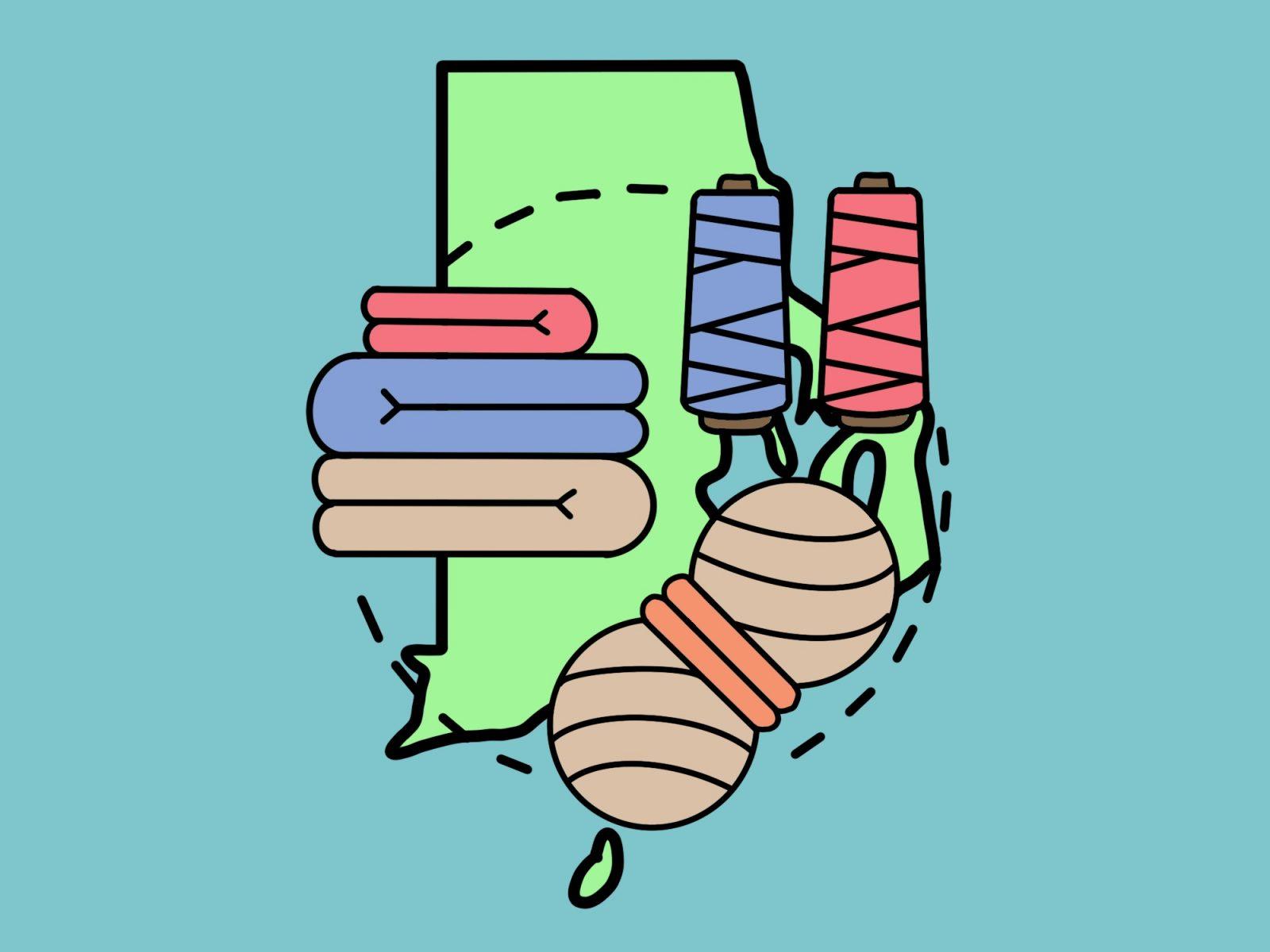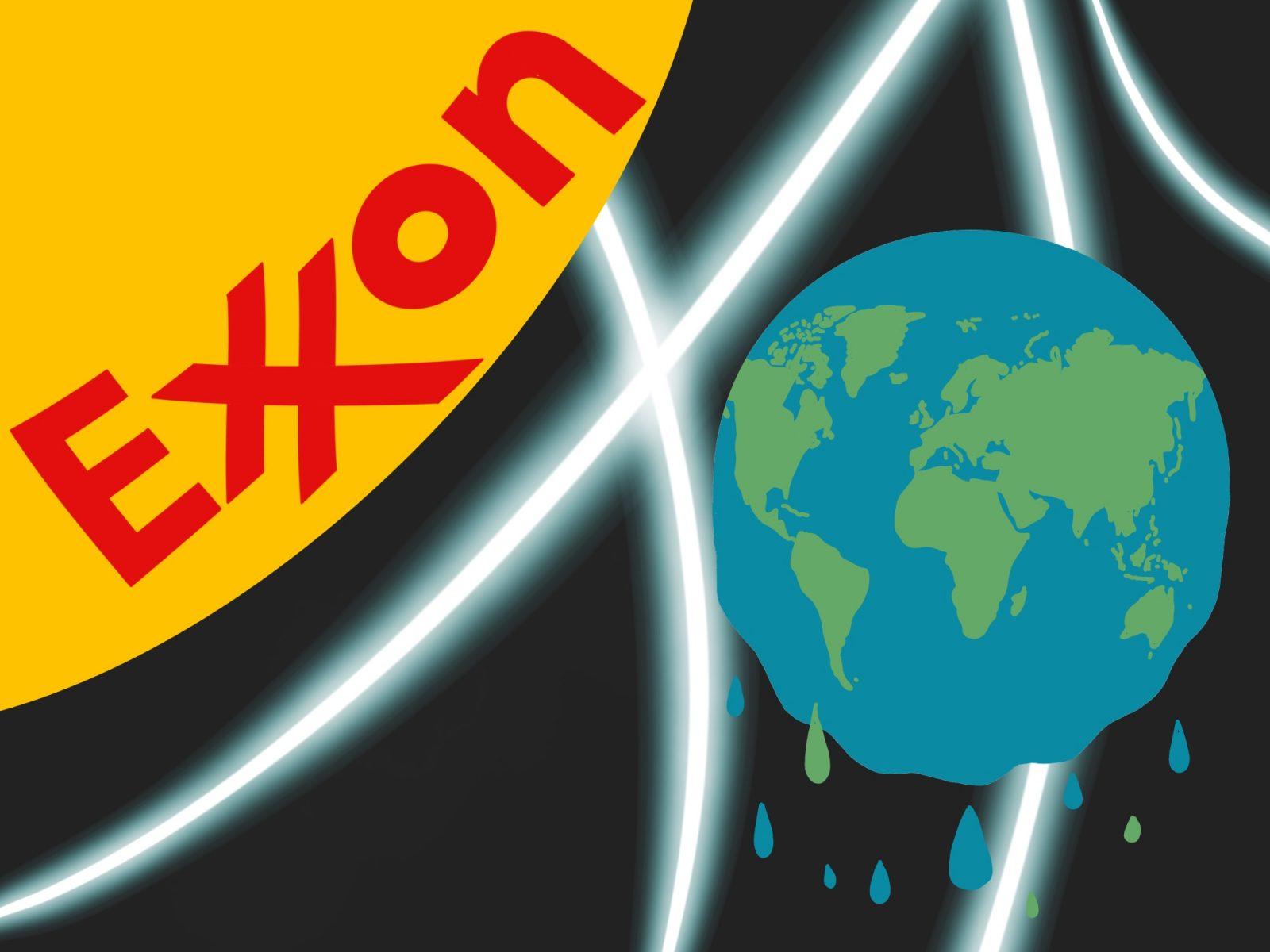When one imagines armed conflict they traditionally envision the militaries of established governments waging wars against each other. These governments, in theory, are held accountable to the will of their people, or at least, are invested in protecting their people’s national interests.
Imagine then what would happen if instead of being motivated by protecting “national interests,” armed actors were motivated by the pursuit of profit. You’ve just envisioned the private military contracting industry.
Private military contractors sign lucrative government contracts to deploy personnel in active combat zones. These contracts are such that PMCs circumvent any legislative oversight, and the contractee a PMC acts on the behalf of isn’t legally culpable for any action outside of their territorial jurisdiction.
This system obviously does not incentivize good behavior. If you’re profiting from war, what encourages you to resolve conflict?
Many find that PMCs are problematic because war should be waged to protect national interests, not pursue profits. While I agree with this thinking, that perspective is overwhelmingly shortsighted by ignoring the fact that most major conflicts of the modern age have indeed been fought for the pursuit or protection of profit, not by PMC’s, but by governments.
Claiming most wars were fought to protect national interests is simply ahistorical. Let’s take a trip through the interwoven histories of violence, colonialism, capitalism and modernity to see why.
Beginning in the 1500s, the Age of Exploration ushered in the economic system of mercantilism, a precursor to capitalism — under which the Spanish and Portuguese, then eventually the French, Dutch and English, exported massive amounts of raw materials from the New World. This network brought unprecedented wealth used to invest in wars, technological and scientific development and additional colonial enterprises.

The United States Revolutionary War and the majority of revolutions in Latin America were in turn spearheaded by the wealthiest segments of those societies. Wealthy merchants and landowners across the continents began seeking independence to circumvent sharing sovereignty and tax revenue with their mother countries.
Coinciding with this, by the early 1700s the imperial powers sought expansion into old war markets. This was concurrent with the final transition away from mercantilism — characterized by states extracting profit for their nations — and into capitalism, under which corporations extract profit for themselves.
This second stage of colonization was the most explicitly exploitative. Denser, more disease resistant populations could not be simply replaced, so instead they were mobilized to exploit the natural resources of their homelands. The Dutch East Indies Co. and the British East India Co., the era’s two most powerful corporations, carved up most of South-East Asia by the late 1700’s, and a century later Europeans had divided up almost all of Africa amongst themselves as well.
This stolen wealth was what funded the scientific and industrial revolutions and brought modernity to Europe. By 1914 the great powers all possessed massive standing armies millions of men strong — equipped with machine guns, dreadnoughts and fighter aircraft.
When the delicate and complex system of alliances they had weaved to focus on conquering the rest of the planet finally broke down, the continent tore itself apart.
After World War I, the great powers managed to hang on to their empires for dear life, but upturning their industrial bases left them nearly bankrupt. The interwar years were marked by economic decline, which became the breeding ground for fascism.
Poisoned by the very racial supremacy and ethnonationalism used to justify their own imperialism, Europe again imploded on itself from 1939 to 1945. A broken Europe rose from the ashes of World War II, and in less than a couple decades, they almost completely lost the empires they’d spent nearly half a millennium building.
The United States, the only wealthy nation left untouched by the war, seized upon this opportunity to become the dominant world super power, the world’s reserve currency and the planet’s most vehement defender of the free market.
This latest stage of capitalism which we live under has resulted in economic inequality so abhorrent that eight of the wealthiest individuals in the world own more wealth than the poorest 50% of humanity. In the meantime the U.S. has transitioned from 50% to a modest 25% of the global economy between 1945 and 2022, despite going from approximately a mere 6% to 4% percent of the planet’s population.
How? Throughout the Cold War the U.S overtly and covertly attempted 70 different regime changes of often democratically elected leftwing governments, usually to replace them with right wing autocrats who would open them up to the foreign investment and free trade, enriching a small clique of oligarchs while the rest of the population languishes in poverty.
So, it turns out war and money have been inextricably linked for a long time. Despite still being a major issue, PMCs are just the more modern and most blatant manifestation of that fact. Although, still ask yourself, why are they allowed to be so blatantly opportunistic?
If the obvious evil of explicitly profiteering off of murder is unable to make us see how far we’ve strayed down this path, what will?




























































































































